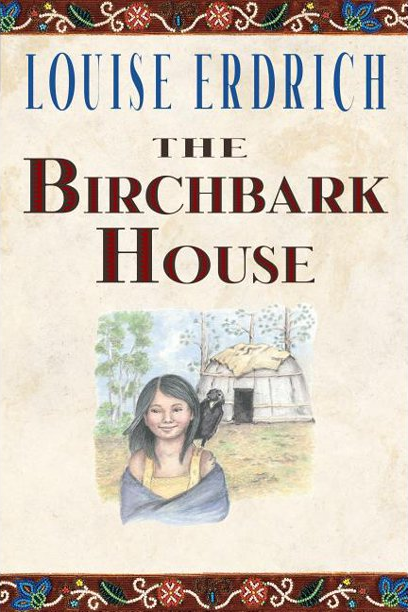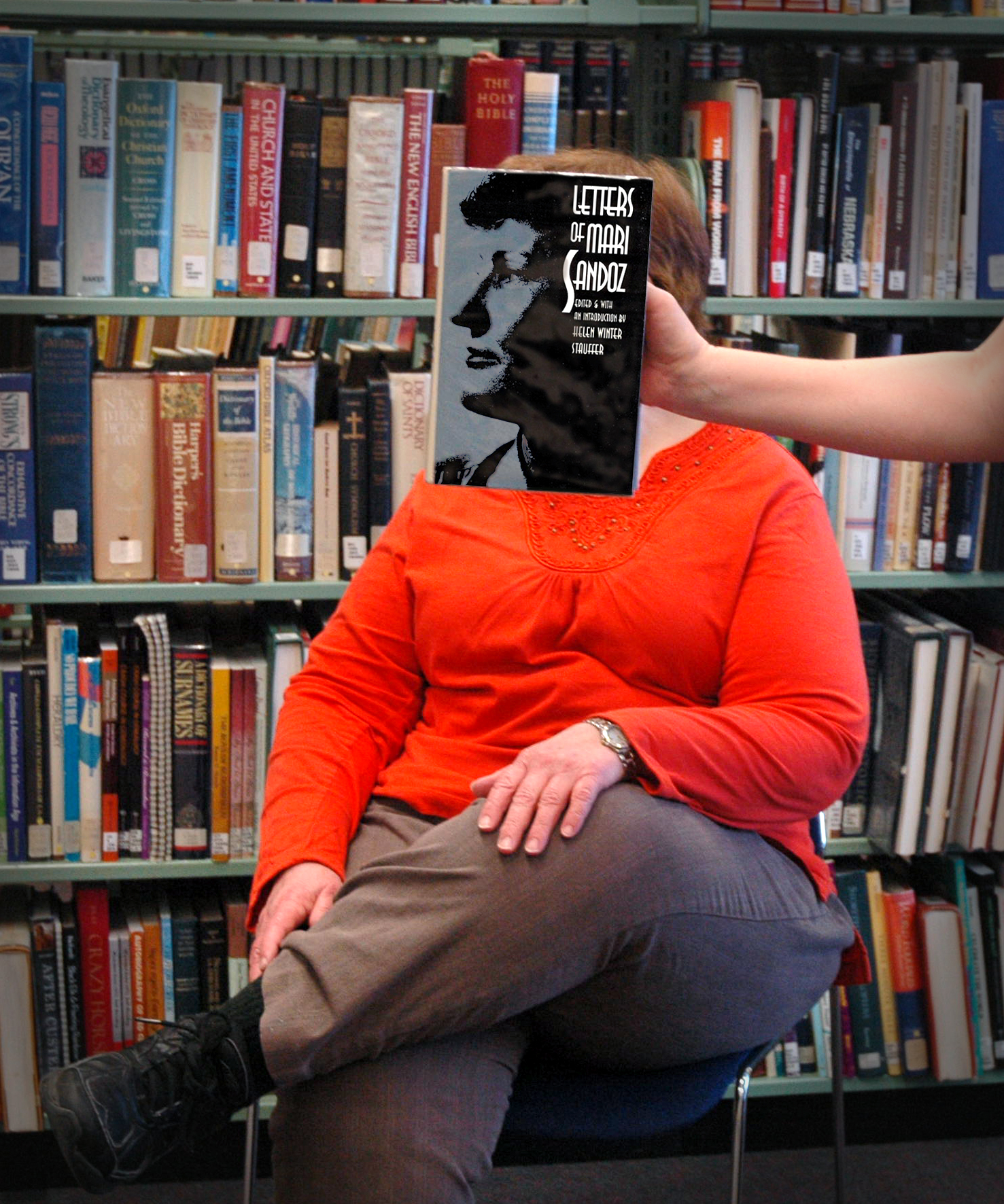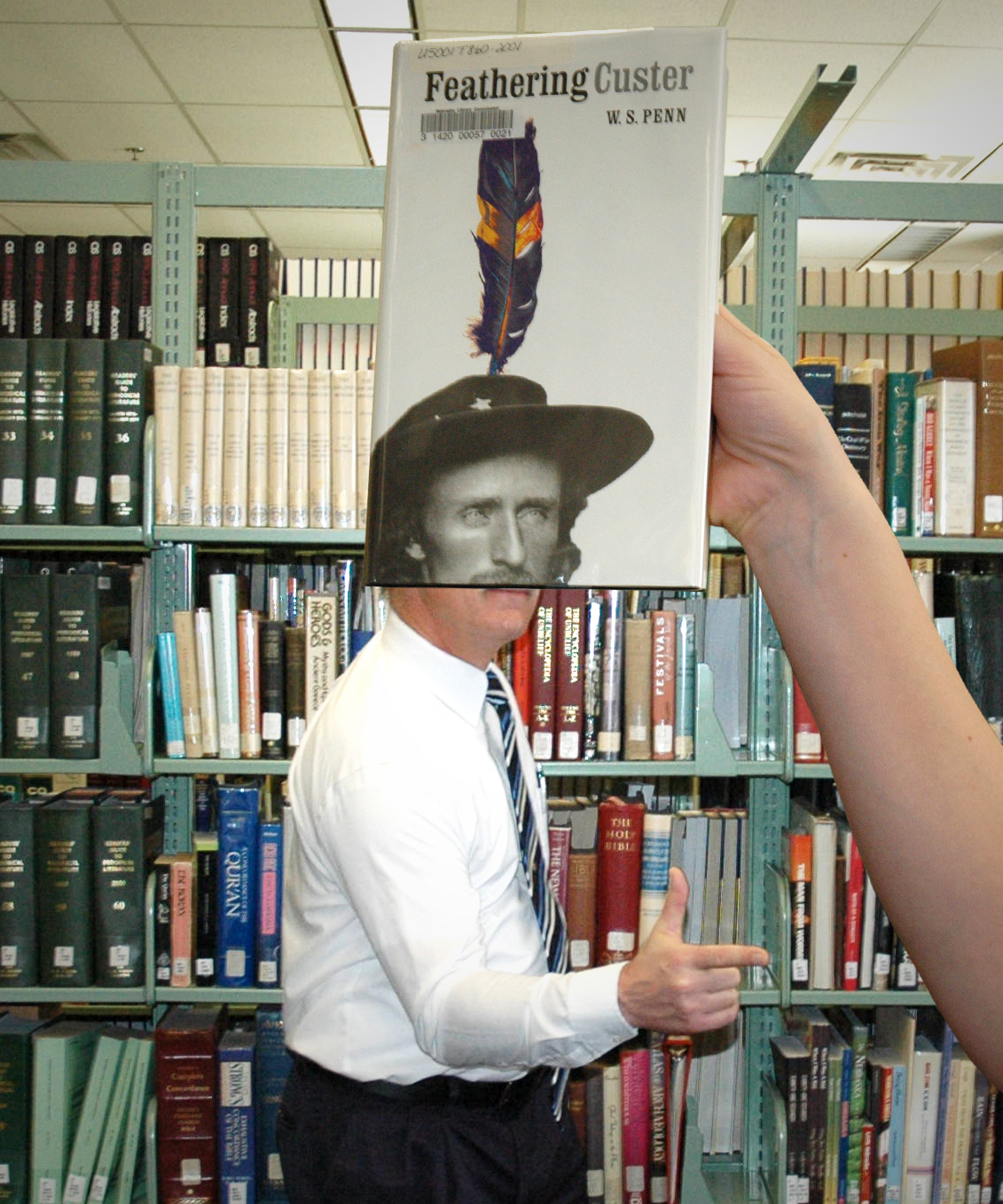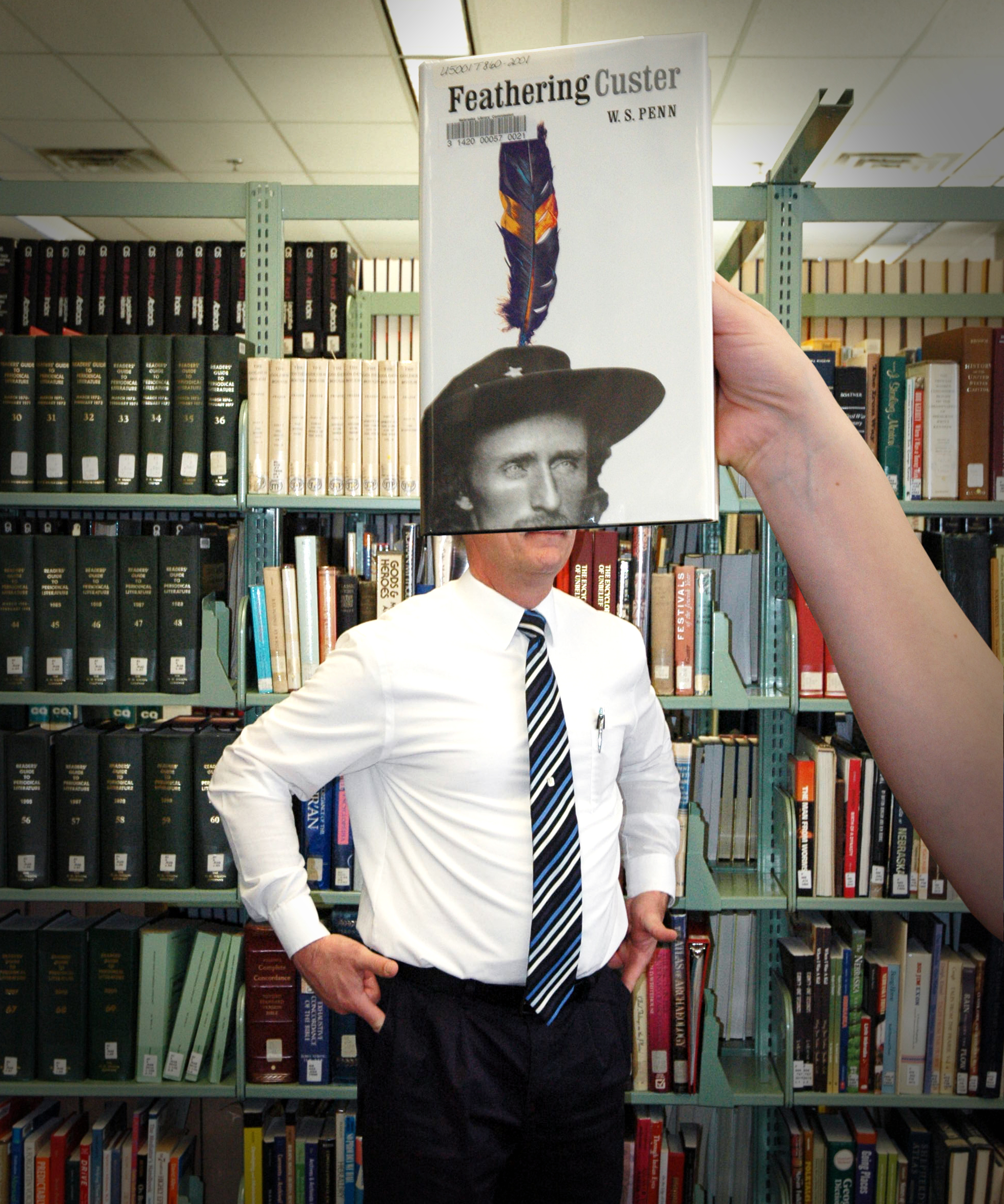Search the Blog
Categories
- Books & Reading
- Broadband Buzz
- Census
- Education & Training
- General
- Grants
- Information Resources
- Library Management
- Nebraska Center for the Book
- Nebraska Memories
- Now hiring @ your library
- Preservation
- Pretty Sweet Tech
- Programming
- Public Library Boards of Trustees
- Public Relations
- Talking Book & Braille Service (TBBS)
- Technology
- Uncategorized
- What's Up Doc / Govdocs
- Youth Services
Archives
Subscribe
Tag Archives: Native American Literature
Book Club Spotlight – Rising Voices
With Thanksgiving finally here, I was pulled toward a recent donation in our collection that I found to be a fantastic and thought-provoking read for closing out Native American Heritage Month. Curated by Arlene Hirschfelder and Beverly R. Singer, Rising Voices: Writings of Young Native Americans is a collection of essays, poems, and stories from the late 1880s to the early 1990s. Hirschfelder speaks of the young authors featured in the collection: “their words bear vivid, often eloquent witness to the realities of their lives over the past hundred years. They have much to tell us”.
Separated into the categories of Identity, Family, Homelands, Ritual and Ceremony, Education, and Harsh Realities. Each section includes writings that exemplify a part of the youth’s life. From gorgeous descriptions of mesas to warm and comforting home lives, there is also the truth of the hardships and poverty Native Americans were forced into, and many still live in today. The young writers’ strong sense of awareness and personal values ring throughout the collection, especially as we move into modern times.
The Bighorn River flows
The Bighorn River – Len Plenty, 1988
through the reservation.
As it goes, it meets the
Little Bighorn. They are like
a big brother and a little
brother together.
The sound of it makes
the reservation special.
It seems as if it protects
the reservation with happiness
And care. The reservation
knows it has a close friend
and that’s the river.
The river wants to flow
to all the four winds but
knows it can just flow one way
with the same wind.
Rising Voices is a beautiful and unique collection that spans multiple viewpoints and lives of young Native Americans throughout the last century. Readers are treated to breathtaking poetry and heart-wrenching essays that stick with you long after. This collection includes work from elementary schoolers to graduating seniors, making this the perfect selection for any aged Book Club Group. There is a wealth of continued reading and discussions to be had, especially on the different backgrounds and viewpoints of each author. Some have a deep sense of self and justice, while others bask in the love from their families. My favorite reading, If I Were a Pony, is a collaborative poem by Navajo children where the speaker wishes they were a pinto pony so they could run away to live a carefree life out on the mesa. It is a good exercise to delve into what the author’s were feeling, and what purpose does each excerpt serve in this wider narrative created by Hirschfelder and Singer.
For a further example of discussion topics, one particular section that stood out to me was Education—pieces included covered topics from US Indian Boarding Schools that worked to assimilate Native American youth from their culture to more modern school efforts to reintroduce students to what has been lost.
Carlisle Indian School, whose mission was to “Kill the Indian, save the Man,” often published propagandist essays and stories from their students as a way to fundraise and maintain a good social image. One essay titled Opportunity, written by Alvis M. Morrin in 1914, extols the virtue of the off-reservation school. He speaks on famous Native Americans, such as former Vice President Charles Curtis, and shows his reverence towards the perceived landscape of progress while still maintaining his heritage:
“Our lot is easier than theirs [our forefathers], for race prejudice has been overcome, and a beneficent Government is giving the Indian youth the opportunities which once belonged only to the white man. Open doors to any vocation are waiting for the Indian to enter.”
In stark contrast, a more modern excerpt included from 1996 when Holy Rosary High School in South Dakota introduced a new course called Modern Indian Psychology in an effort to teach their young Lakota students the importance of their history and the cultural values of their people. In Something Really Different, students reported feeling a sense of belonging and pride they had never had before, highlighting the importance that young Native Americans continue to learn about their history.
“Before this course, we didn’t even know that Indians were important or that it was important for us to know Indian history and values.” – Patrick Kills Crow and Mary Crazy Thunder
“Now I am glad I am an Indian. Before I was ashamed of it.” – Francis Clifford
How are these student’s voices being used? And are they being promoted for their benefit or someone else’s? And what purpose do they serve in the anthology?
If you’re interested in requesting Rising Voices for your book club, you can find the Request Form here. There are 7 copies available. (A librarian must request items)
To see more of our Native American Voices book club titles, visit the link here.
Hirschfelder, Arlene & Singer, Beverly. Rising Voices. HarperPerennial. 1996.
Posted in Books & Reading
Tagged book club spotlight, books, Native American Literature, Reading
Leave a comment
Book Club Spotlight – Tales of Burning Love
Today’s Book Club Spotlight is a title from prolific Ojibwe (Chippewa)/ German-American author Louise Erdrich! And I can’t think of a better author to start off Native American Heritage Month with. A Pulitzer Prize Winner, Erdrich was one of the first women admitted to Dartmouth College, later becoming the writer in residence for their Native American Studies Program. Today’s title, Tales of Burning Love, is the 5th in her series Love Medicine, following a community in and around a fictional Ojibwe reservation.
We are introduced to Jack Mauser on the day he met, married, and lost his first wife. Now, years later, his four remaining ex-wives gather together after tragedy and find themselves retracing the steps of their predecessor. Dot, the last wife; Candice, the young mother; Marlis, the dentist; and Eleanor, the only one who still loves him. All four women, unable to cut themselves entirely from Mauser, were taken in at one point or another by his earnest but selfish ways. Stuck in Jack’s car during a blizzard, they recall their relationships with the man as wild and passionate as the storm outside.
“Love is brutalizing, a raw force, frail as blossoms, tough as a catgut wire.”
Louise Erdrich
Tales of Burning Love is about more than just blind, passionate love. It follows the trauma of loss, ruinous devotion, and religious ecstasy. The stories the wives tell intermingle and blow with the raging storm outside. While Jack Mauser may be at the center of each story, his involvement, and true nature shape and lead the women far beyond his reach. Their hopes and aspirations start or end at his feet. For Adult Book Club Groups looking for stories to curl up with as the weather gets colder, Erdrich’s prose and darkly humorous storytelling are enough to keep you burning through any storm.
This is Erdrich’s second time featured in the Spotlight, the other being her children’s book The Birchbark House, following the day-to-day life of young Omakayas in 1847.
If you’re interested in requesting Tales of Burning Love for your book club, you can find the Request Form here. There are 5 copies available. (A librarian must request items)
Erdrich, Louise. Tales of Burning Love. HarperPerennial. 1996.
Posted in Books & Reading
Tagged book club spotlight, books, Native American Literature, Reading
Leave a comment
Book Club Spotlight – Native American Heritage Month
For November, we are spotlighting titles in our Book Club Collection written by Indigenous authors for Native American Heritage Month. In 1976 Cherokee-Osage Native American Jerry C. Elliott-High Eagle authored the Congressional legislation for Native American Awareness week, which grew into what we now celebrate as Native American Heritage Month in 1990 with a declaration from then-President George H.W. Bush. This month is a great opportunity to read and learn about whose ancestral land you live on, their history, colonization, and all the incredible works of Indigenous art and literature.
Past Book Club Spotlights featuring Native American Authors:
Firekeeper’s Daughter by Angeline Boulley
18-year-old Daunis Fontaine is the product of a scandal between a white woman and an Ojibwe man. Even though her mother’s family is well-respected, and her father’s side are revered Firekeepers, Daunis is an outsider. She is not welcome in her predominantly white town or at the reservation, where tribal leaders deny her parentage and membership. But when murders and overdoses related to drug trafficking slowly spread around Michigan’s Upper Peninsula, Daunis is witness to it all. Now she must team up with the new (and mysterious) star hockey player to use her knowledge of science, Ojibwe medicine, and these tight-knit communities to uncover long-held secrets.
____
The Birchbark House by Louise Erdrich
Excitable and brave spirited, Omakayas, or Little Frog, is a young Ojibwe girl who lives with her family near present-day Lake Superior. As white people begin to take over the land, Omakays and her siblings continue their way of life while the adults fear that they must move soon. We follow the local community as they survive, learn important lessons and skills, and enjoy a peaceful life together. But when a sickly visitor crashes a powwow one night, he brings deadly smallpox to the area; and the course of the community and Omakayas’ life are changed forever.
_____
You can find a list of both our fiction and non-fiction titles on our Book Club Kit page under the Native American Voices keyword.
“And while I stood there I saw more than I can tell, and I understood more than I saw; for I was seeing in a sacred manner the shapes of things in the spirit, and the shape of all shapes as they must live together like one being.”
– Black elk
Black Elk Speaks (One book One Nebraska 2017)
And if like me, you’re excited about the food-heavy holidays, we have a few foody titles in our collection that your club might be interested in as well:

Jasmine Toguchi: Mochi Queen by Debbie Michiko Florence
Kitchen Confidential by Anthony Bourdain
Posted in Books & Reading
Tagged book club spotlight, books, Native American Literature
Leave a comment
Book Club Spotlight – The Birchbark House
November is Native American Heritage Month, and I’m excited to spotlight books written by Indigenous authors in our collection. As we go into the month of Thanksgiving, it’s important to remember the people who were here first and the sacred land we are on. Today, we will focus on a story of a young girl in the Northern Midwest on traditional Ojibwe land. The Birchbark House, by Chippewa woman Louise Erdrich, began as a story she would tell to her daughters. Wanting to show the love, community, and humanity that represents Native American culture rather than the negative depictions, Erdrich published the story, which went on to win the WILLA Literary Award in 2000.
Excitable and brave spirited, Omakayas, or Little Frog, is a young Ojibwe girl who lives with her family near present-day Lake Superior. As white people begin to take over the land, Omakays and her siblings continue their way of life while the adults fear that they must move soon. We follow the local community as they survive, learn important lessons and skills, and enjoy a peaceful life together. But when a sickly visitor crashes a powwow one night, he brings deadly smallpox to the area; and the course of the community and Omakayas’ life are changed forever.
“Like Andeg, she couldn’t help being just who she was. Omakayas, in this skin, in this place, in this time. Nobody else. No matter what, she wouldn’t ever be another person or really know the thoughts of anyone but her own self.”
Louise Erdrich
The Birchbark House is the first in the series chronicling the life of Omakayas’ family over 100 years. This novel is perfect for a young book group who wants to read stories like The Little House on the Prairie but through the lens of a young Indigenous girl instead. It is also an interesting read for adult groups who want to learn more about Indigenous culture pre-colonization. The story is brought to life through beautiful illustrations by the author and stories taken from her own life and family. Often the action will stop, and the reader is fully engrossed in the storytelling of an elder. Through this, Erdrich shows the reverence for the past, tradition, and the land that Omakayas and her people hold. Reading groups can discuss how tradition and culture play into their lives and the connections they see between the people in Omakayas’ tribe and those they know.
If you’re interested in requesting this book for your book club, you can find the Book Club Kit Request Form here. (Items must be requested by a librarian)
To see more of our Native American Voices book club titles, visit the link here.
Erdrich, Louise. The Birchbark House. HarperCollins Publishers. 1999.
Posted in Books & Reading
Tagged book club spotlight, books, Native American Literature, native americans, Reading
Leave a comment
Book Club Spotlight – Firekeeper’s Daughter

Today, we will be spotlighting a popular title that you might not know we have! Called an “Indigenous Nancy Drew” by the author, Firekeeper’s Daughter is not only a New York Times best-seller, but a TIME Magazine Best of Book of All Time Selection. Author Angeline Boulley, an enrolled member of the Sault Ste. Marie Tribe of Chippewa Indians, spent ten years researching for the novel, wanting to perfectly capture her tribe and the intricacies of tribal vs. federal laws.
In The Firekeeper’s Daughter, 18-year-old Daunis Fontaine is the product of a scandal between a white woman and an Ojibwe man. Even though her mother’s family is well-respected, and her father’s side are revered Firekeepers, Daunis is an outsider. She is not welcome in her predominantly white town or at the reservation, where tribal leaders deny her parentage and membership. But when murders and overdoses related to drug trafficking slowly spread around Michigan’s Upper Peninsula, Daunis is witness to it all. Now she must team up with the new (and mysterious) star hockey player to use her knowledge of science, Ojibwe medicine, and these tight-knit communities to uncover long-held secrets.
“People say to think seven generations ahead when making big decisions, because our future ancestors—those yet to arrive, who will one day become the Elders—live with the choices we make today.”
Angeline Boulley
If you’re an adult book group, don’t let the “YA” label scare you away. Firekeeper’s Daughter is a wonderfully rich story for anyone interested in YA and above. If your group loves stories of small communities haunted by their past, such as Beartown by Fredrik Backman, this is the title for you. However, be forewarned because many heavy topics, seen and unseen, such as sexual assault, suicide, murder, and illicit drug use, are present in this novel. Be prepared to have conversations on these sensitive topics.
Higher Ground, the Obama’s production company, has also purchased the rights to adapt Firekeeper’s Daughter into a Netflix limited series, so keep your eyes peeled!
If you’re interested in requesting this book for your book club, you can find the Book Club Kit Request Form HERE. (Items must be requested by a librarian)
To see more of our books from Native Voices, visit the link HERE.
Angeline Boulley. Firekeeper’s Daughter. Henry, Holt and Co. 2021
Posted in Books & Reading
Tagged Book Club, Book Club Kits, book club spotlight, Native American Literature, Reading
Leave a comment
#BookFaceFriday “Letters of Mari Sandoz”
We like to celebrate the end of the week with #BookFaceFriday!
Today we also get to celebrate the beloved Nebraska author Mari Sandoz with “Letters of Mari Sandoz” edited by Helen Winter Stauffer (University of Nebraska Press, 1992). Included in the book are over nearly forty years—from 1928 to 1966—of letters. Dive in to Sandoz’s world as she documents her own experiences, struggles, and successes. As part of our permanent collection it’s available for check out to anyone. Just ask our amazing Information Services staff! This title is published by the University of Nebraska Press, which we collect from for our state document program.
From the Back Cover:
“Mari Sandoz came out of the Sandhills of Nebraska to write at least three enduring books: Old Jules, Cheyenne Autumn, and Crazy Horse, the Strange man of the Oglalas. She was a tireless researcher, a true story-teller, an artist passionately dedicated to a place little know and a people largely misunderstood.”
This week’s #BookFace model is TBBS Volunteer Services Coordinator, Annette Hall!
Love this #BookFace & reading? We suggest checking out all the titles available for book clubs at http://nlc.nebraska.gov/ref/bookclub. Check out our past #BookFaceFriday photos on the Nebraska Library Commission’s Facebook page!
#BookFaceFriday “Feathering Custer”
Hey, book lovers! Happy #BookFaceFriday!
As we dive in to our permanent collection, which dates back to 1972, we’re bound to find some gems. One such book is “Feathering Custer” by William S. Penn (University of Nebraska Press, 2001). As part of our permanent collection it’s available for check out to anyone. Just ask our amazing Information Services staff! This title is published by the University of Nebraska Press, which we collect from for our state document program.
“Feathering Custer points to the need for critical understanding of the literatures of Native America. Penn’s volume offers a challenge to all those interested in meaningful insights into these literary works to search the indigenous storytelling traditions, lives, and literatures of Native Americans.”—World Literature Today
This week’s #BookFace model is Tom Rolfes, Education I.T. Manager at the Nebraska Office of the CIO/NITC. He’s been at the Commission a lot lately working on the grant project “Nebraska Schools and Libraries—Breaking the Ice and Igniting Internet Relationships.” You can learn all about it on the January 24th episode of NCompass Live.
Love this #BookFace & reading? We suggest checking out all the titles available for book clubs at http://nlc.nebraska.gov/ref/bookclub. Check out our past #BookFaceFriday photos on the Nebraska Library Commission’s Facebook page!












